Despite the exponential growth in the use of one-way video interviews, the positives do not outweigh the negatives and companies will begin to move away from this approach and will instead use different technology for a digital end to end approach to assessment and recruitment.
Video interview providers usually cite time and cost saving as their main benefits, however this has resulted in poor candidate experience and engagement, hiring the wrong candidates due to an unfair process and a lack of focus on removing unconscious bias. Therefore, one-way video interviews, as a means to sift candidates, are doomed.
One-way video interviews are not an engaging experience for candidates. Most are sat at home, with no one to engage with about the company or the role they’re applying for and receiving relatively little feedback, or even no feedback at all. Advocates will state that a “quicker time to hire” results in a positive candidate experience but this is only one small part of what a positive candidate experience should look like.
I sought feedback from students across London during employability events and they were not fans. One recent graduate summed up their video interview experience below:
“I must say it is a relatively intimidating experience. It does not feel natural to talk to the camera. I find video interviews hard and the majority I went through I failed. In a normal conversation or interview, one is able to read the facial expressions or body language and somehow estimate whether it is going well or not, whereas in video interviews there is no one to observe or ask questions. It feels very mechanical and unpredictable.”
Candidates want to be able to talk someone in person, meeting up with them and engaging face to face builds a more positive brand image than any video interviewing platform.
Companies can suffer from a lack of good candidates applying purely due to their negative views on one-way video interviewing, it speaks volumes about a company who places more of an emphasis on cost saving than candidate engagement.
Candidates are also put under a tremendous amount of pressure as they are given a short amount of time and only one opportunity to record their answers. Some providers try to mitigate this issue by allowing candidate’s to re-record unlimited times, but this method can lead to an incredibly practiced and rehearsed answer. Both result in an unrealistic reflection of who the candidate truly is or how capable they are and neither lead to a positive experience.
We need to ensure our recruitment processes still give candidates a fair chance. One video interview user’s review discussed assessing 15 candidates in 30 minutes which, at two minutes per candidate, is difficult to determine whether they are scoring in a fair and objective manner. One hiring manager I spoke with honestly stated they watched candidate’s video clips for 30 seconds to see if they could work with them… not a particularly unbiased approach.
Candidates are expecting more and more technology to be used throughout the recruitment process, but not to the detriment of their experience. The volume of organisations willing to try a new digital approach to assessing and recruiting is inspiring, as it shows that they realise the need to move to a digital approach when it comes to assessment. For all organisations who didn’t have a formal screening process I will admit that video interviews bring structure and some level of standardised scoring which might not have previously been there with CV sifting and telephone interviewing alone.
The thing I strongly disagree with however, is the current focus from sifting technology, which has been to screen out as many people as you can, so that you see fewer people face to face. Employers will try to rationalise this approach by highlighting the cost saving of using one-way video interviews, however there is a far greater long term cost if you are not selecting the right candidates using this process.
Biases can be exacerbated due to external factors, time constraints or volumes of candidates they are trying to objectively assess. Short answers can be a difficult proposition, where the candidate is expected to provide detailed content and at the same time demonstrate a high level of engagement. Measuring engagement is only one part of assessment, candidates need fair and ample opportunity to showcase their capability.
This can also lead to the exclusion of introverts from the workplace, by purely focusing on engagement, as some tools or scoring frameworks do, can result in more introverted candidates being sifted out of the process. It’s understandable for roles where high level of engagement is required but an organisation full of outgoing extroverts should not be the end goal from a recruitment process.
So any time and cost savings realised in the short term, could lead to serious long term issues and a lack of diverse talent within organisations who rely heavily on one-way video interviews. The key is using technology throughout the entire recruitment process, that helps engage candidates, builds trust in the brand, gives them a realistic job preview and leaves them feeling that they were treated fairly.
At Equitas we are helping companies to make better hiring decisions with our interview app. It can be challenging to hire the right people for key roles, ensure a diverse workforce and find the time to deliver a consistent and engaging candidate experience. Our app makes your interviews more accurate, efficient and fair, empowering you to make better hiring decisions.


